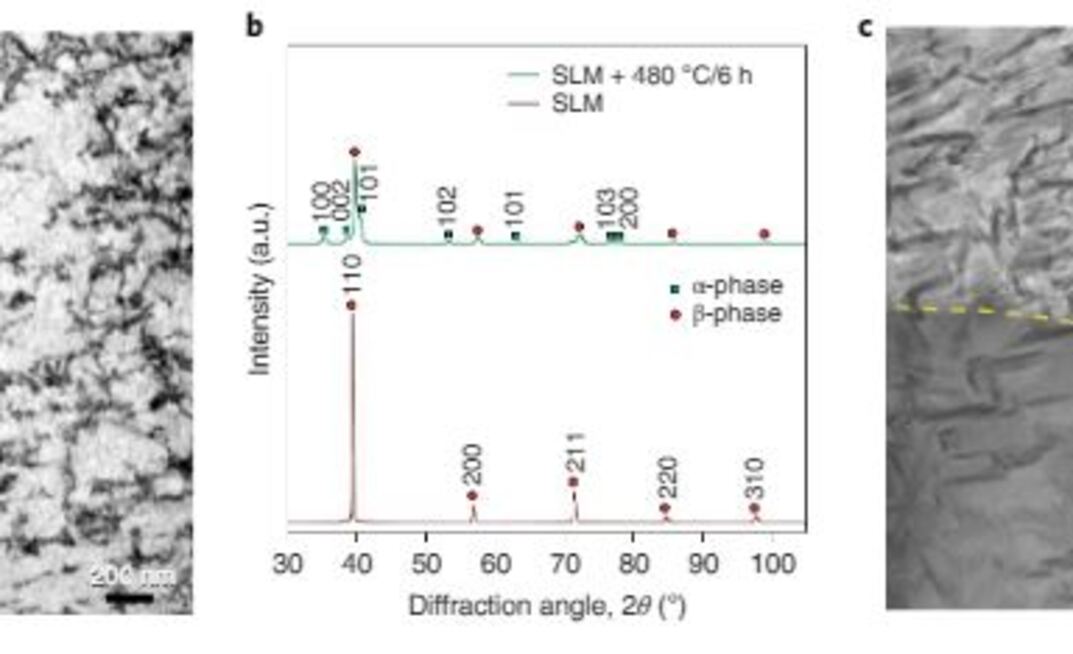The emergence of 3D printing has led to another era in metal fabrication where design freedoms mean almost any geometrical part can be fabricated.
While titanium alloys are favoured in the aerospace sector, most commercially available 3D titanium alloy products are not suitable for use in structural applications and have inadequate strength at room and elevated temperatures under harsh service conditions.
Using a 3D printing method to manipulate a novel microstructure on commercially available alloys, Professor Aijun Huang and Dr Yuman Zhu found a way to fabricate structural materials with unique microstructures and excellent properties, for broad applications.
Huang said titanium alloys required complex casting and thermomechanical processing to achieve the high strengths needed for some critical applications.
"We have discovered that additive manufacturing can exploit its unique manufacturing process to create ultra-strong and thermally stable parts in commercial titanium alloys, which may be directly implemented in service," he said.
"After a simple post-heat treatment on a commercial titanium alloy, adequate elongation and tensile strengths of more than 1600 megapascals are achieved, the highest specific strength among all 3D printed metal to date."
Huang said the findings offered a fresh approach to precipitation strengthening in commercial alloys that could be used to produce real components with complex shape for load-bearing applications.
"This application is still absent for any titanium alloys to date," he said.
"The 3D printing plus simple heat treatment also means the process cost is greatly reduced compared to other materials with similar strength."
He said the findings in the work were expected to lead to fundamental insights into the principles of strengthening and dislocation engineering, in the field of physical metallurgy.

























